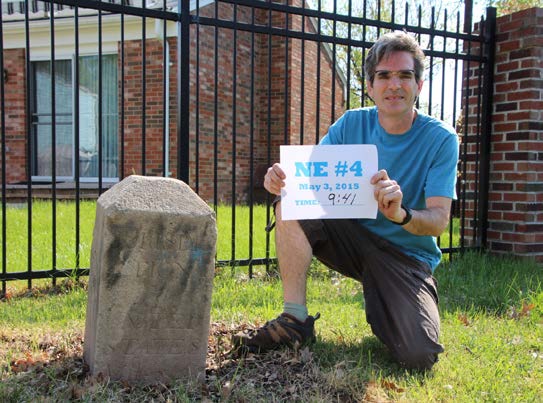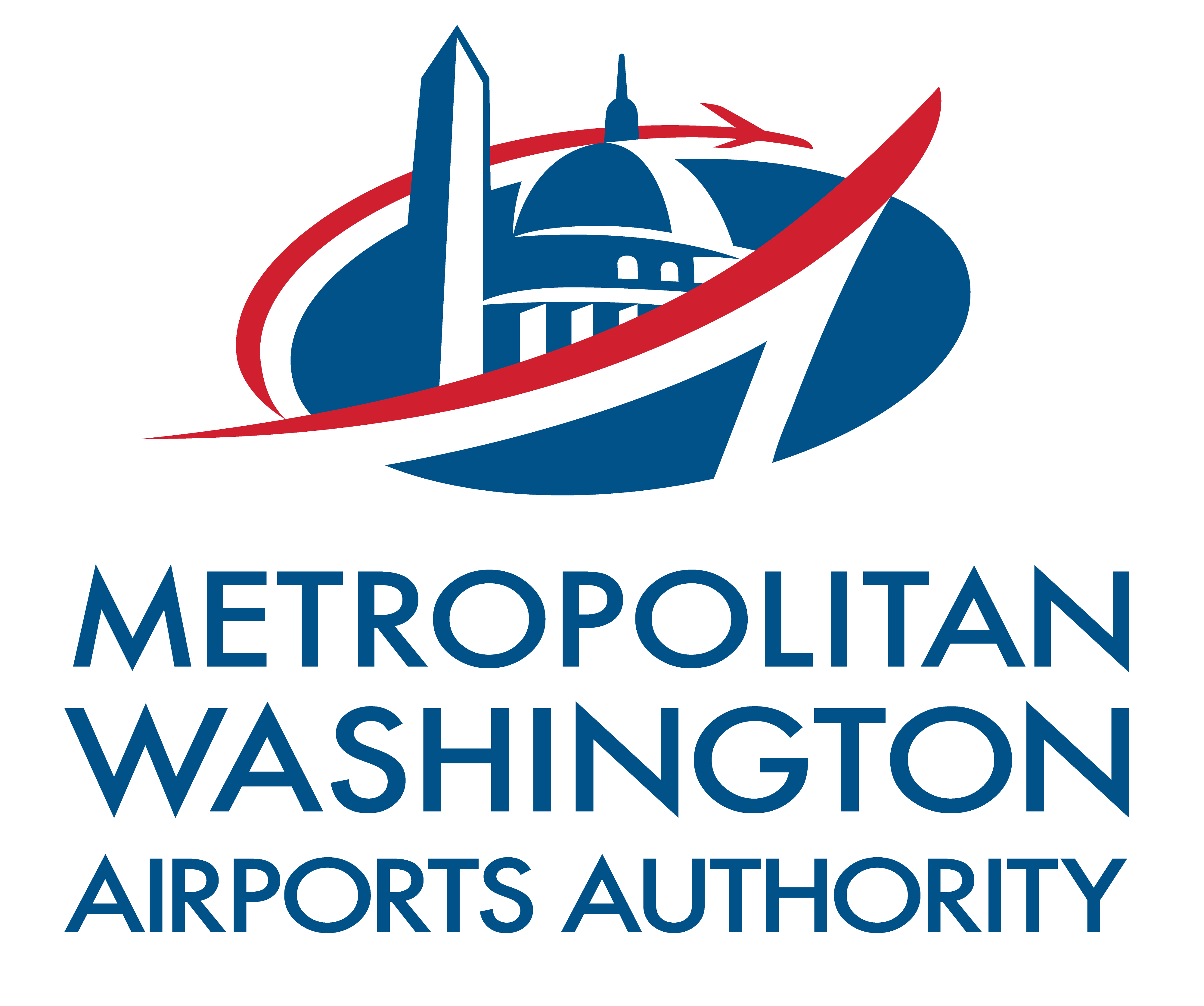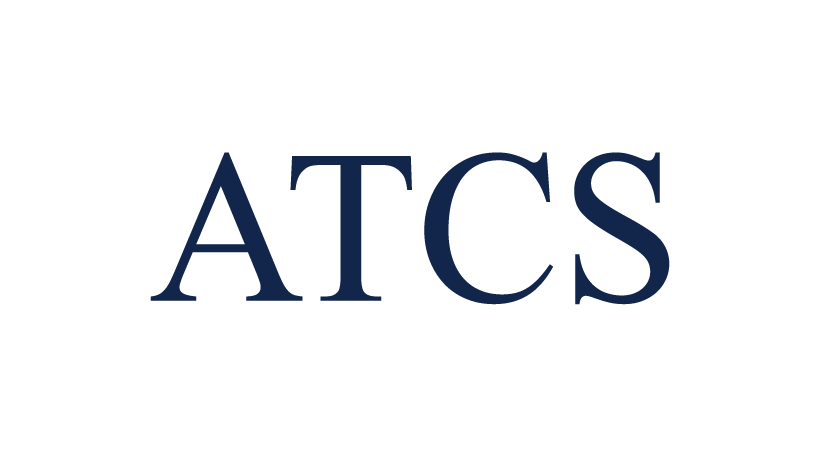Stephen Powers, ASCE-National Capital Section (NCS) representative and the Nation’s Capital Boundary Stones Committee co-chair recounted the history of Andrew Ellicott’s original boundary lines survey and the current preservation effort for the 40 stones that continue to mark those lines today. What are boundary stones? After President George Washington chose the Potomac River region as the site for the new national capital in 1790, surveyors (most notably Andrew Ellicott) laid out 40 sandstone markers to mark the territory by placing a boundary stone every mile. The stones have four sides – facing inward towards DC (which read “Jurisdiction of the United States” and a mile number), facing outward (which show the name of the bordering state, either Maryland or Virginia), and two faces parallel to the boundary line (showing the year the stone was placed and the compass variance at that point).
The stones are the oldest federal monuments in the country and are listed on the National Register of Historic Places. Many of the forty stones remain in their original places. Due to development in the area, the stones now stand in such places as a church parking lot, a road’s median, and at the bottom of a pipe at the Blue Plains Impoundment Lot. Because of development pressures, many of the stones have been moved to locations that are more convenient – view this map of actual vs. theoretical locations. The NCS has been involved in the preservation effort since the late 1970s and revitalized interest in the stones with our biannual fence restoration projects held between 2010 and 2012. The NCS leads a. In 2014 and 2015, Daughters of the American Revolution, who originally erected the fences around the stones, renewed its boundary stone preservation efforts.
Stephen grew up in Springfield, VA, and is the son of an Army Colonel. He attended Thomas Jefferson High School, and obtained a B.S. in Civil Engineering from Virginia Institute of Technology. Stephen currently works for the Washington Metropolitan Area Transit Authority on rehabilitation projects at the nine rail yards that service Metrorail car maintenance. Stephen previously served as a member of the NCS Board of Directors and is currently co-chair of the Nation’s Capital Boundary Stones Committee. His 10 years working with the boundary stones grew from his daughter’s elementary school project on Arlington County trivia and a lifelong interest in Washington, DC history.








